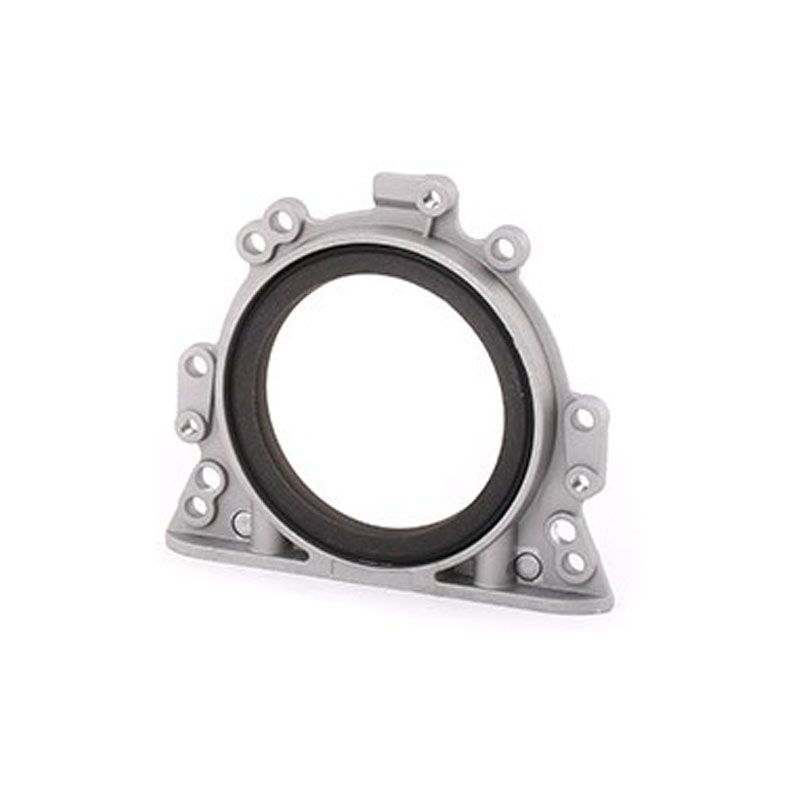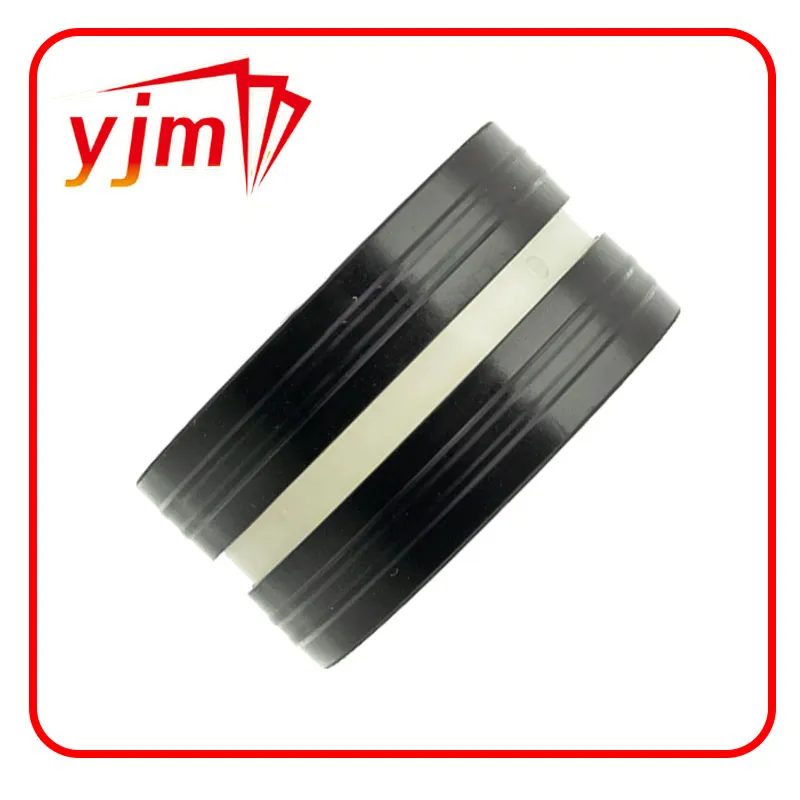automotive shaft seals


Expert engineers and maintenance teams place considerable emphasis on the installation process, which plays a vital role in seal performance. Improper installation can lead to misalignment, causing uneven wear and potential failures. Therefore, ensuring that the installation is performed accurately by knowledgeable professionals is imperative. This involves not just placing the seal carefully but also ensuring that the shaft surface is prepared appropriately to prevent seal damage during installation. Trust in a seal’s performance is often established by robust testing and validation, a process that leading manufacturers prioritize to guarantee reliability. Advanced testing methods simulate real-world operational conditions, assessing the seal's endurance, performance under pressure, and long-term durability. By investing in such rigorous testing procedures, manufacturers enhance the credibility and trustworthiness of their products, providing assurance to end-users about their reliability in critical applications. In the ever-evolving landscape of mechanical engineering and maintenance, staying informed about the latest developments in rotating shaft seals can vastly improve equipment performance and reduce operational costs. Industry experts continuously emphasize the importance of ongoing training for maintenance teams and proactive consultation with seal manufacturers to select the optimal seal for each specific application. In conclusion, the selection and maintenance of rotating shaft seals are critical to any operation relying on rotary machinery. Investing time in understanding the characteristics of various seal materials, along with rigorous and precise installation practices, can significantly enhance equipment longevity and performance. It’s the amalgamation of sophisticated engineering expertise, authority in seal technology, and a steadfast commitment to quality that forms the cornerstone of achieving operational excellence through superior rotating shaft seals.
-
Understanding the Front Main Engine Seal: Purpose, Maintenance, and Installation
News Jul.29,2025
-
Understanding O-Rings and Seal Rings: Types, Applications, and Custom Solutions
News Jul.29,2025
-
Understanding Crankshaft Oil Seals: Rear Seals, Pulley Seals, and Their Role in Engine Integrity
News Jul.29,2025
-
The Importance of Front and Rear Crankshaft Seals in Engine Performance and Oil Management
News Jul.29,2025
-
Crank Oil Seals: Functions, Types, and Cost Considerations in Engine Maintenance
News Jul.29,2025
-
A Comprehensive Guide to O-Rings and Seals: Types, Materials, and Global Applications
News Jul.29,2025
-
Mastering Diesel and Performance Engine Maintenance: A Guide to Critical Oil Gaskets
News Jul.28,2025
Products categories















